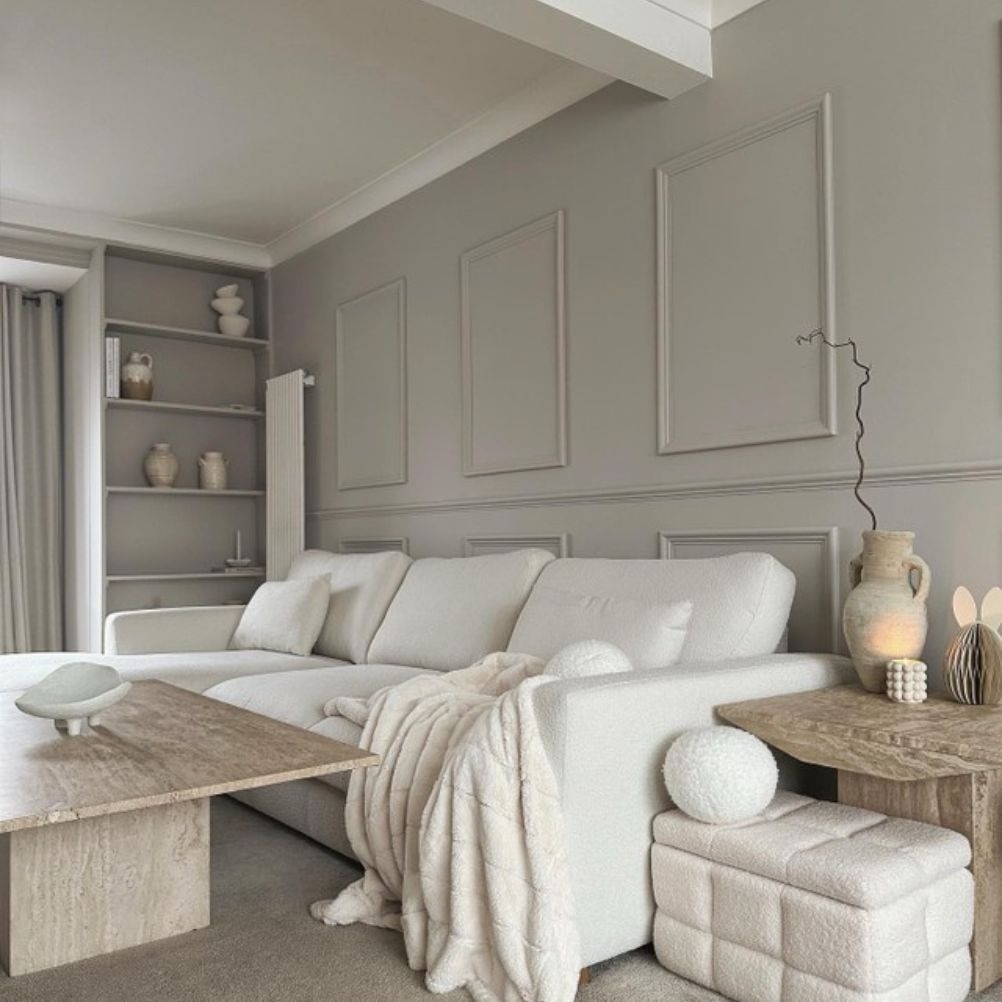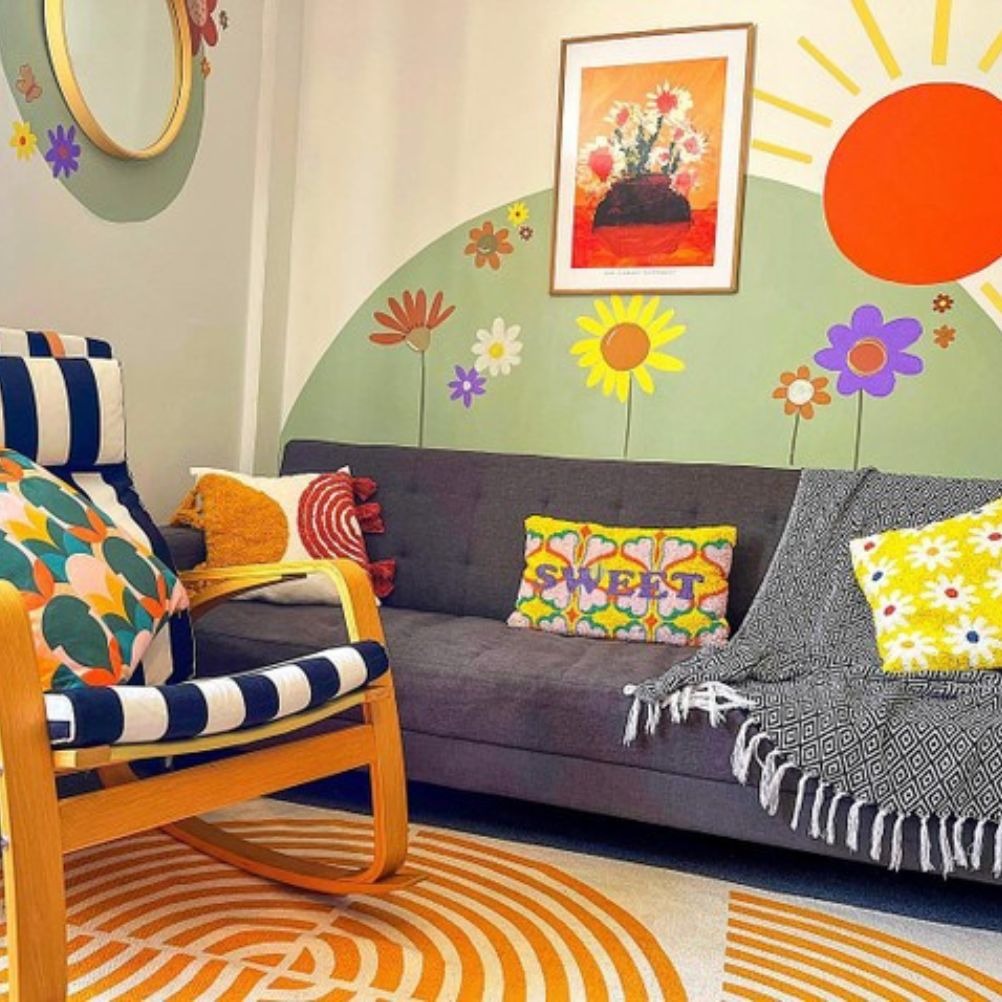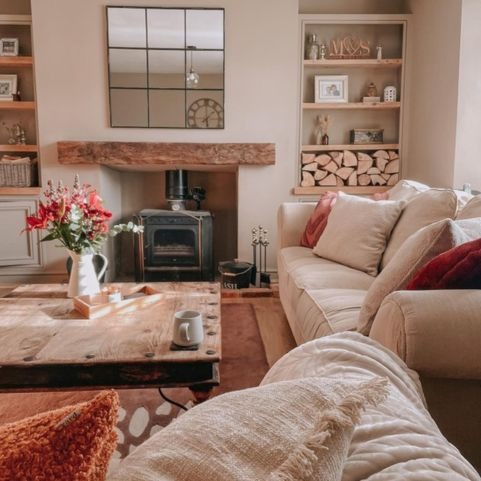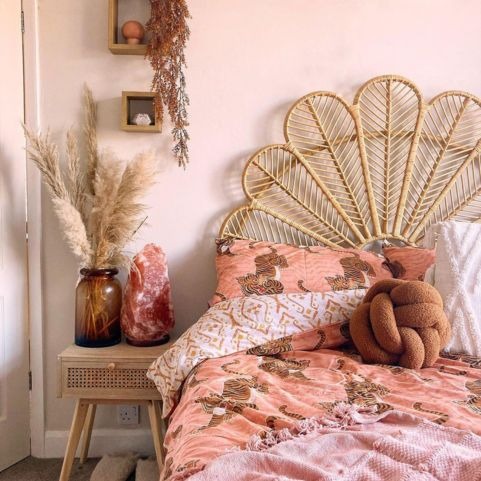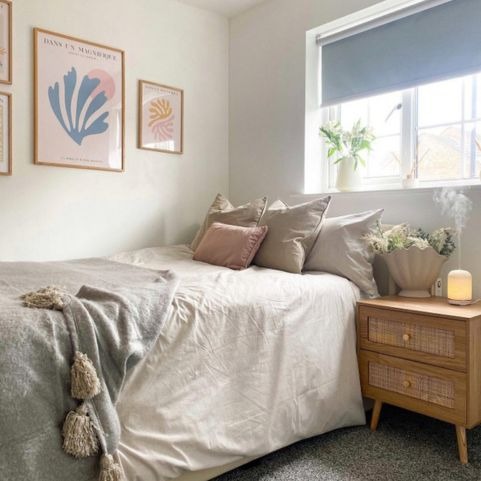Your guide to discovering your interior design style.
Maybe you’ve just moved into your first home or you’re renting by yourself for the first time. You want to make it feel like you – but how? Interior design styles can seem like a foreign language to the uninitiated, and browsing through reams of products is no help if you don’t have a plan. Which is where we come in. We’re here to help you figure out what your interior design style is, so you can make your home a place that makes you happy.
We’ll go through:
- the various popular interior styles
- how to explore your personal interior preferences
- where to get inspiration from
- how to experiment without a big investment
- whether to get help from professionals
- how to embrace blended or eclectic styles
There are various popular interior styles – you only have to look at the hashtag #homedecor on Instagram, Pinterest or TikTok to see how many there are. We get it – it can be overwhelming! Especially if you don’t know which one you really vibe with yet. While we could go on and on about interior styles, here are the main ones:
Minimalist – minimalist interior design is characterized by simplicity. We’re talking clean lines, minimal decorative elements (if any at all) and light, monochromatic colours. It’s generally considered serene, a haven from the hustle and bustle of everyday life.
Maximalist – the antithesis of minimalism, maximalist interiors are all about creating a space filled with all the things that you love. Layers of colour, pattern, textures and styles come together in a cohesive way that feels joyous – not overwhelming.
Boho – boho interiors are relaxed, eclectic and globally inspired. Collected over time, this style mixes cultures and styles with a hit of natural elements like rattan and jute. The colour palette is usually warm earthy colours with pops of saturated purples, oranges and blues.
Luxe – only the best for our luxe lovers. We’re talking high-end finishes, beautiful details and lots of metallics. It should look expensive (even if it’s not). This interior style is all about timeless glamour – but still has an inviting feel to it.
Traditional – an interior design style that’s timeless, and takes cues from the 18th and 19th centuries. Think crown moulding, matching furnishings, lots of symmetry and a cohesive feel. Traditional interior design is familiar, welcoming, calm and balanced.
Modern – modern interior style covers lots of bases (even a few we’ve covered here), but think clean lines, function over form and natural materials. It’s different to contemporary design, which is more about what is happening in design at the moment.
Country – in a similar vein to traditional, country interior styles is all about heritage, but with a more rustic edge. Think cosy vibes, casual styling and countryside motifs. It changes depending on location too – British country interiors are different to French which is different to American.
Scandi – the scandi interior style has a similar ethos to minimalism, i.e. it’s all about simplicity. The difference is with scandi is that it’s also focused on warmth and cosiness. You’ve got clean lines and simple furnishings but with layers of textures and some pattern too.
Industrial – this interior style is the use of materials that might normally be found in factories and warehouses. Think concrete, raw brick, exposed pipes, etc. It’s stripped back and unfinished but with a cohesive feel.
It’s also important to remember that while there are loads of different and distinct styles – making them unique and personal to you is important for a space that really feels like home.
Examine your own preferences and interests. Think about spaces you’ve been in before – what are the colours, patterns and textures that resonate with you and make you feel happy, calm or joyful?
You can also explore the different moods and atmospheres that you’re drawn to. Think about it. Do you want your space to be cosy, vibrant or serene? It might differ depending on which room you’re decorating.
For instance, you might want your living room to feel cosy and calm if you like to cuddle up in front of the TV in the evenings or vibrant and energizing if you love to entertain.
Are there any specific objects, themes or inspirations that you can’t get enough of? It could be a flower you adore or a place that makes you feel happy when you visit. It might be a film with an incredible colour palette or a painting with a mood that you love.
Nothing immediately jumping to mind? Try gathering inspiration first…
Inspiration is everywhere, if only you know where to look. The first, and most accessible place to look for inspiration is online – and look at you, you’re already here!
There’s an overwhelming amount of resources on the internet. Browse Pinterest, Instagram, home mags and design blogs, and save the home décor images that catch your eye.
You could take it offline too and visit local showrooms, stores and even design exhibitions for styles, colours and patterns that you enjoy.
Then, take a look at everything that you’ve gathered together. You could use an online mood board or a real-life physical one, whichever you prefer.
See if you can spot similar themes throughout the images that you’ve saved – maybe it’s big round mirrors that feature in lots of your images, or maybe it’s jungle animal motifs. It might be the clashing of hues or a monochromatic colour palette.
Note them down as you notice them, and see if you can match them to one particular interior style.
When finding your interior style, it’s important to leave yourself room for trial and error.
Style tends to evolve over time, so there’s no need to rush!
Temporary changes like rearranging furniture and swapping out accessories is a really easy and low cost way to try out different styles, without redecorating your entire space (and then it turns out you don’t like it as much as you thought you did – oops!).
Use cushions, throws and curtains to experiment with colour, textures and patterns.
You could even redo a bookshelf with décor and accessories to test out a new style.
If you’re desperate to decorate but you’re not confident in your vision, think about consulting an interior designer or a decorator.
They’ll often have different levels of service, from providing you with mood boards for your space to sourcing the items you might use.
Professionals should be able to talk to you about your individual preferences and translate them into cohesive designs.
If getting a professional on board sounds out of your price range, then consider joining an online forum to ask specific questions or to get feedback on your designs.
If you’re drawn to a couple of different styles, or perhaps you’re designing with a partner who has a different style, don’t be afraid to embrace elements of both.
More often than not they will have elements that work together or contrast each other – you just have to figure out which!
For example, modern and traditional work beautifully together – especially if there’s a pop of one in the majority of another. An antique cabinet in a modern room instantly gives it more gravitas, whereas a modern light fitting in a traditional room makes it feel playful.
A mood board definitely comes in handy in this case, so you can get an idea of colour schemes, focal points and decorative elements before you try and combine them on the go.
.jpg?v=1686835954453)
